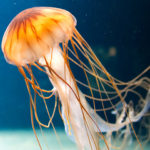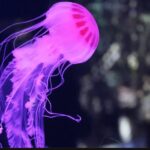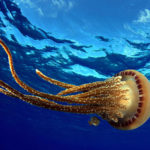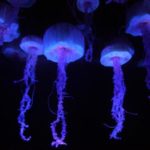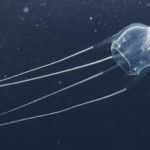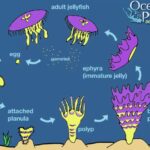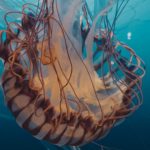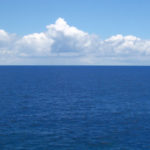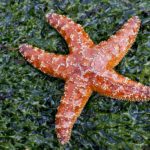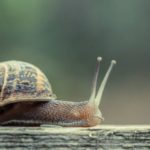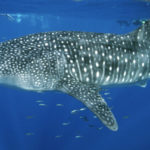Jellyfish – information
 Jellyfish – the creatures are amazing and very extraordinary, causing a whole range of emotions from delight and admiration to disgust and fear. Jellyfish can be found in every sea, in every ocean, on the surface of water or at many kilometers deep.
Jellyfish – the creatures are amazing and very extraordinary, causing a whole range of emotions from delight and admiration to disgust and fear. Jellyfish can be found in every sea, in every ocean, on the surface of water or at many kilometers deep.
Jellyfish are the oldest animals on the planet, their history totals at least 650 million years. In nature there are an incredible number of diverse species, but even now, the appearance of new, previously unknown to mankind.
In fact, jellyfish or the medusoid generation are one of the phases of the life cycle of the Medusozoa, which are divided into three types: hydroid, scythoid and cubomedus. The jellyfish reproduce sexually. There are male individuals that produce spermatozoa, and female eggs that produce eggs. As a result of their fusion, the so-called planula, the larva of the jellyfish, is formed. The planet settles on the bottom, where it eventually turns into a polyp (asexual generation of jellyfish). Reaching full maturity, the polyp begins to bud a young generation of jellyfish, often quite unlike adult individuals. In scyphoid jellyfish, the just-released specimen is called ether.
The body of jellyfish is a jelly-like dome, which by means of cuttings allows them to move in the water column. Tentacles equipped with stinging cells (cnidotsitami) with a burning poison, are designed for hunting and capturing prey.
The term “jellyfish” was first used by Carl Linnaeus in 1752, as a reference to the similarity of animals to the head of the Medusa of the Gorgon. Became popular since around 1796, the name has been used to identify other medusoid species of animals, such as ctenophores.
A pink jellyfish from the family of Scyphozoan was discovered more recently, just over 10 years ago, in the waters of the Gulf of Mexico and the Caribbean. Some individuals of this species reach 70 cm in diameter. A pink jellyfish can cause serious and painful burns, especially if the bather is inadvertently among a large cluster of these creatures.
The jellyfish “floral hat” (Latin Olindias Formosa) is one of the species of hydroid jellyfish from the order Limnomedusae. Basically, these cute creatures live near the southern coast of Japan. A characteristic feature is a stationary hovering near the bottom in shallow water. The diameter of the “flower cap” usually does not exceed 7.5 cm. Tentacles of the jellyfish are located not only along the edge of the dome, but also across its surface, which is not typical for other species.

